Product documentation can seem like one of those things you know you should have alongside your product, but you can’t see how it brings any benefits to your company.
Well, if that’s your attitude, you may be missing out on many good things it can bring you.
Product documentation is a powerful tool that allows you to serve all of your customers, from first-time users to seasoned professionals.
They can learn to use your product from it, solve issues, and discover advanced features.
And product documentation that can do all that can also help retain your customers.
How? Read on and find out!
Easier Onboarding for New Customers
When customers get your product, they want to start using it—and getting value from it—as soon as possible.
That’s where product documentation can play a key role.
Great documentation can help them learn the basics and reduce customer churn, which is important for steady revenue.
And that’s exactly what you want. The sooner customers start using your product, the sooner you can inspire loyalty in them and ensure they’ll become regular users.
That’s especially true if you offer a complex software product. The more advanced your product is, the more important the onboarding process is.
For instance, if your product is aimed at software developers, API documentation is an essential part of what you should offer them.
And what is the number one hindrance to consuming APIs that developers point out? According to Postman’s 2022 State of API Report, it’s the lack of documentation.
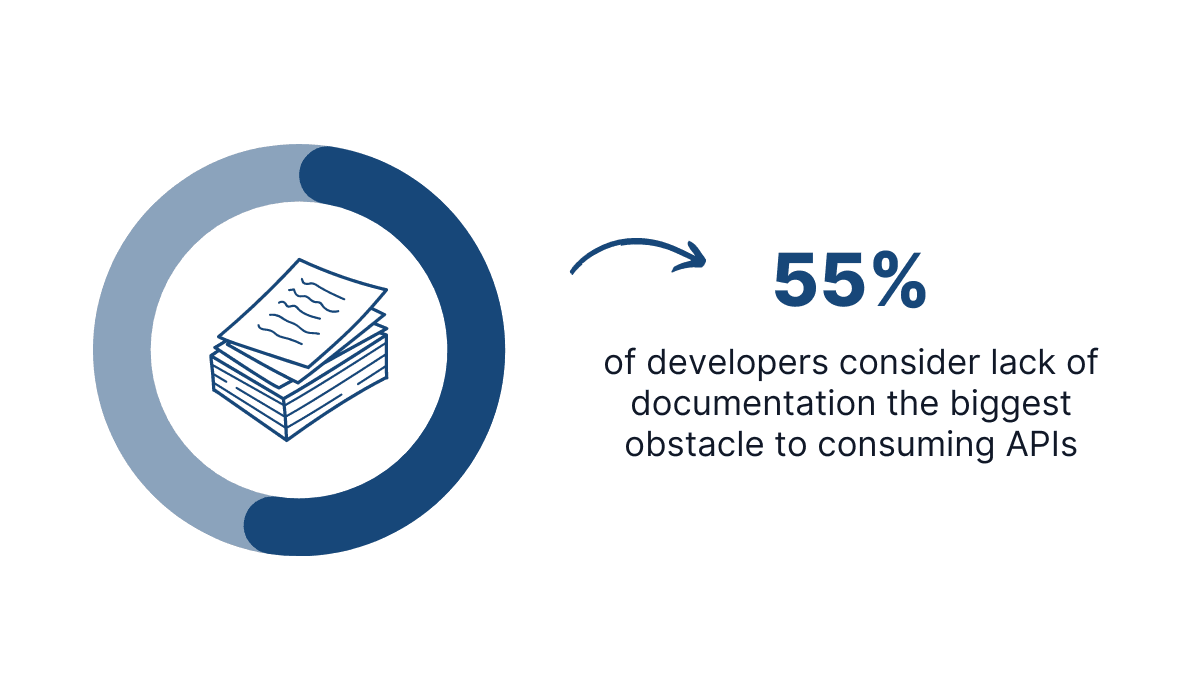
Illustration: Archbee / Data: Postman
In other words, if you don’t provide good documentation for onboarding, more than half of the customers might not use one of the crucial features of your product.
Can you blame them if they abandon your product and go to the competitor where they can have a smooth start?
That’s why Infobip doesn’t take any chances when it comes to documentation.
For example, they provide a comprehensive resource for getting started with their API.
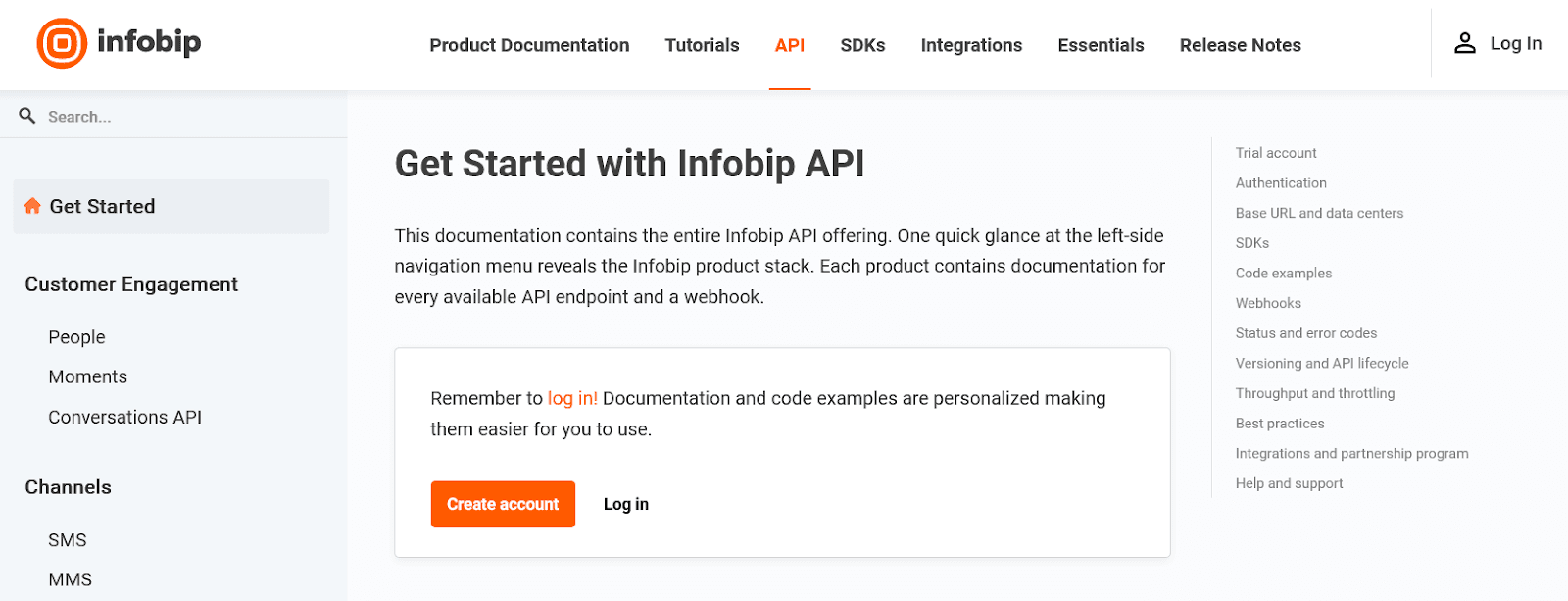
Source: Infobip
When new customers land on their page, they have everything they need to start using the product successfully.
The documentation contains instructions about authentication, SDKs, webhooks, best practices, etc.
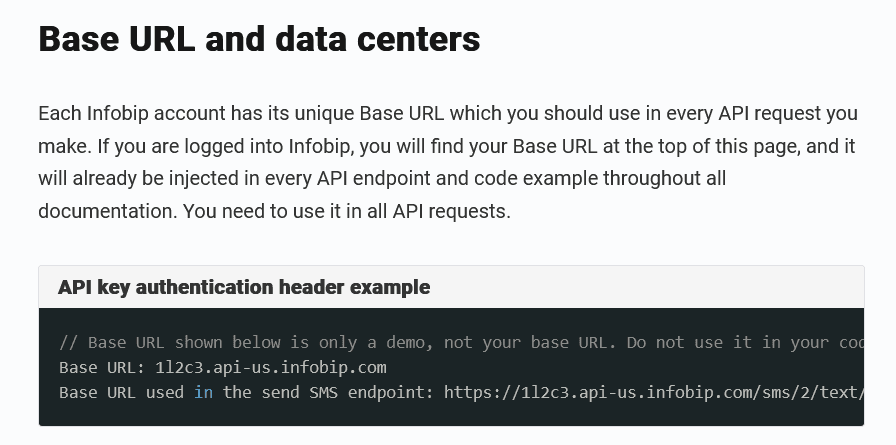
Source: Infobip
If you create detailed documentation like that, your customers will have access to the vital information they need to use your product.
That will kick-start their journey with your product, and once they are onboarded, the chances of them staying will be greater with every passing day.
Better Product Adoption
Any company that creates software products knows product adoption is crucial for its success.
Regardless of the type of software product your company offers, there are undoubtedly a lot of competitors on the market.
That’s why showcasing your product’s full value to the customers is vital. It’s simple—if the product fulfills your customers’ needs, they won’t have a reason to abandon it.
In the words of Mert Aktas, marketing manager at UserGuiding, higher product adoption produces business success.
For the most successful companies, higher adoption is indispensable for higher revenue.
Therefore, you should do everything you can to show the value of your product to your customers, enticing them to become recurring users.
One of the ways you can do that is by creating great product documentation.
Product documentation should present every feature of your product to maximize the chances of attracting and retaining customers.
For example, at its core, Slack is a simple idea for a software product—a communication tool focused on messaging.
However, it has stellar product documentation that presents every product feature, from messaging and channels to audio and video calls.
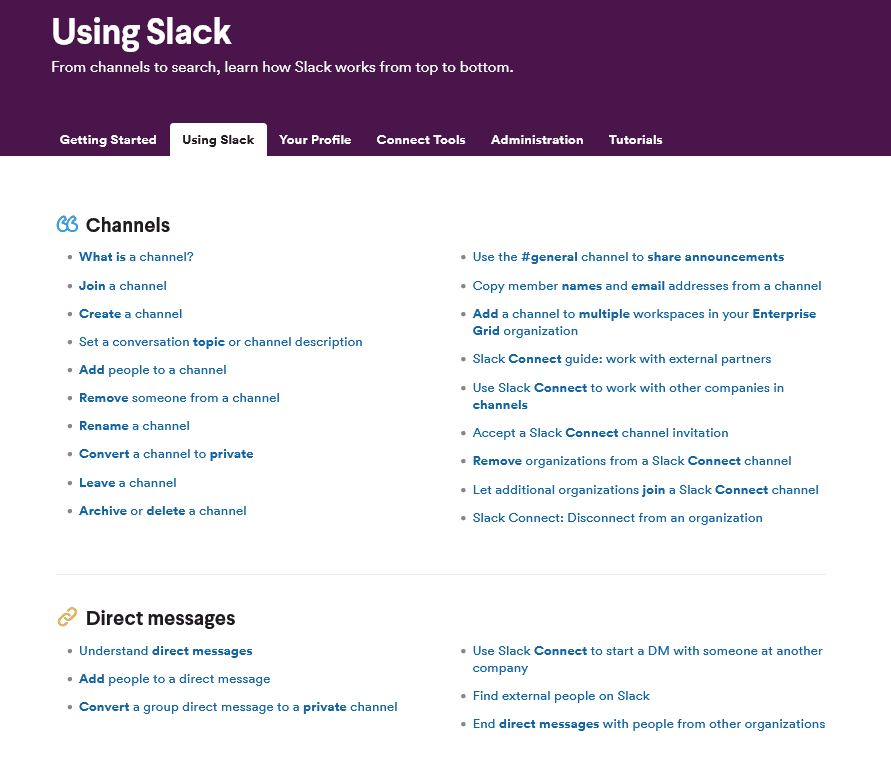
Source: Slack
You can see above how detailed their documentation is. For instance, there are 19 articles just about channels, which is one of their features.
They’ve also ensured that the documentation is clear and easy to understand for all users, from beginners to experts.
How? By using visuals like screenshots, GIFs, and lists, all while explaining product features in plain language.

Source: Slack
That way, their users can learn about the product from the detailed but accessible documentation.
And when they have the knowledge, they have better chances of becoming proficient software product users.
Providing On-Demand Support
Self-service resources are non-negotiable for most software product users.
They want to use the product when it’s convenient for them, without having to worry if they have all they need at a given time.
The data from a study by Vanilla supports that. According to their research, 79% of customers expect organizations to provide them with self-service tools.
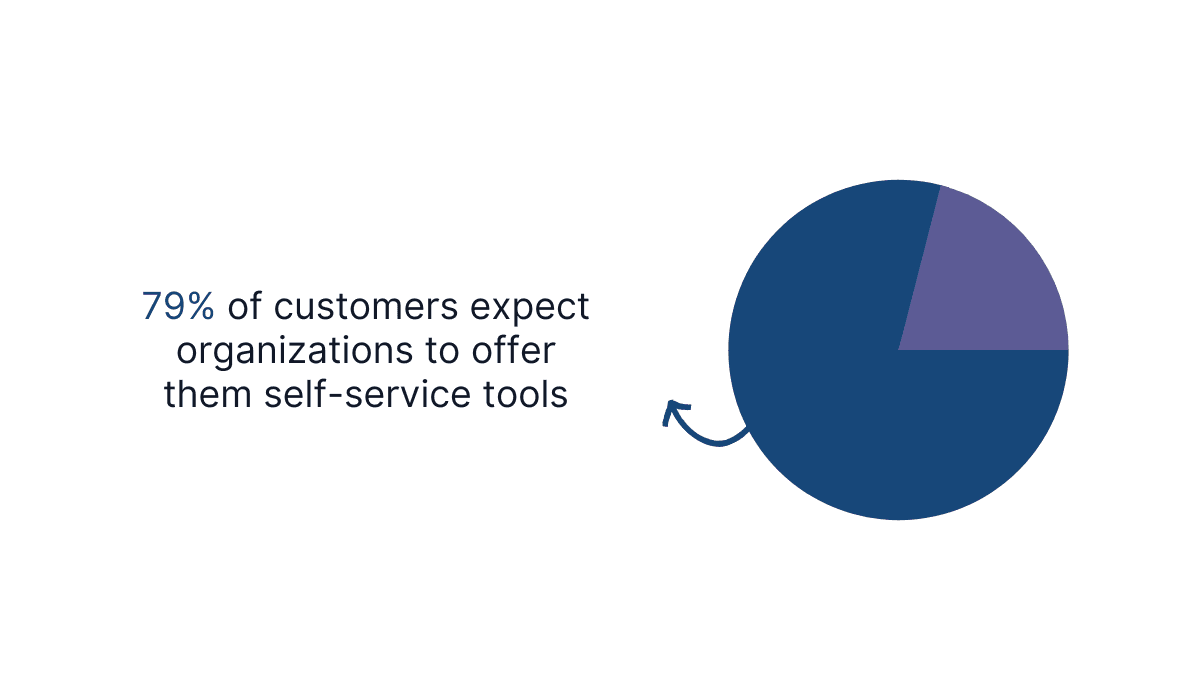
Illustration: Archbee / Data: Vanilla
A crucial part of self-service is to provide quality documentation.
Documentation is an information resource available 24/7, whenever and wherever the customer needs it. And that’s precisely what they want.
It doesn’t matter if the customer is a beginner at using your product or a long-term user.
The convenience and quickness of product documentation as a support resource are significant factors in their decision to stick with using your product.
Of course, a customer support team is still needed to help with complicated issues.
Nevertheless, comprehensive product documentation will cover most of your customers’ needs while being available on demand.
If you want to build product documentation that’s available at any moment and easy to use, you can do it with Archbee.
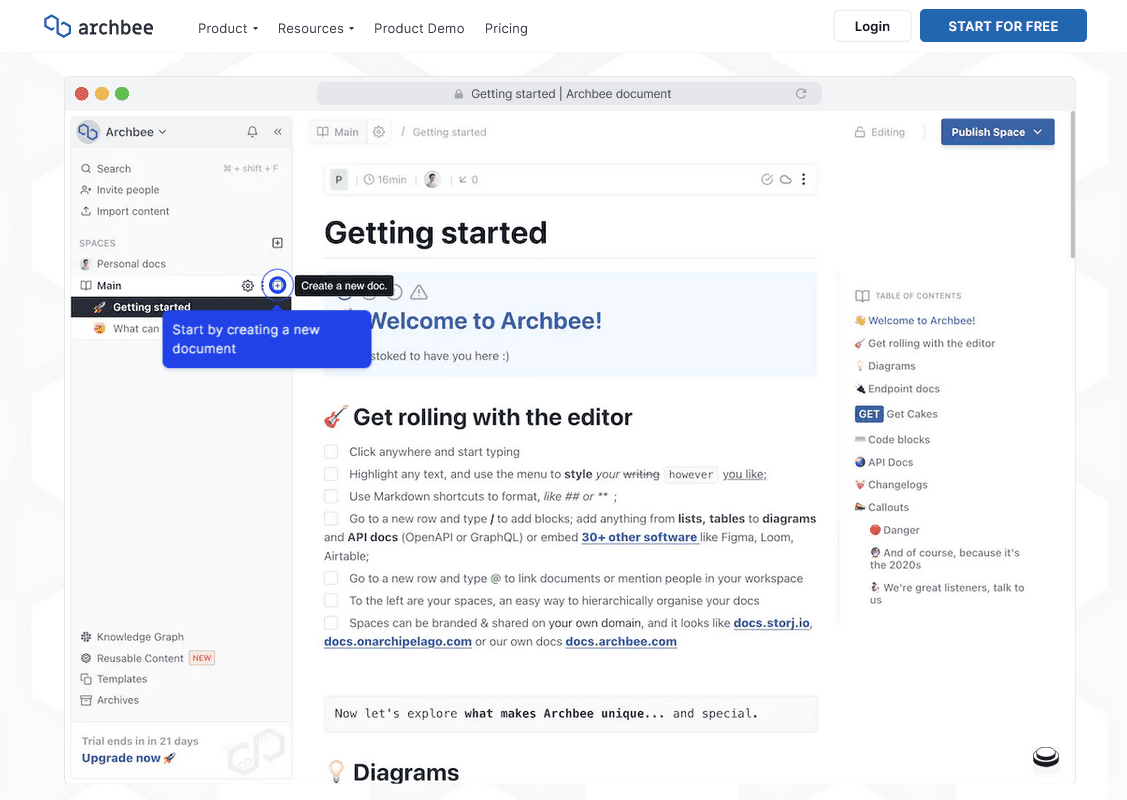
Source: Archbee
Customers will be able to access your product documentation whenever needed, and Archbee’s features will make finding any information within it a breeze.
For example, with Archbee, you can organize your documentation in Spaces and create document trees that you can reorder with a drag-and-drop mechanic.
That will make your documentation logically organized, and users will find what they need with ease. You can see what that organization looks like in the Pathfix documentation below.
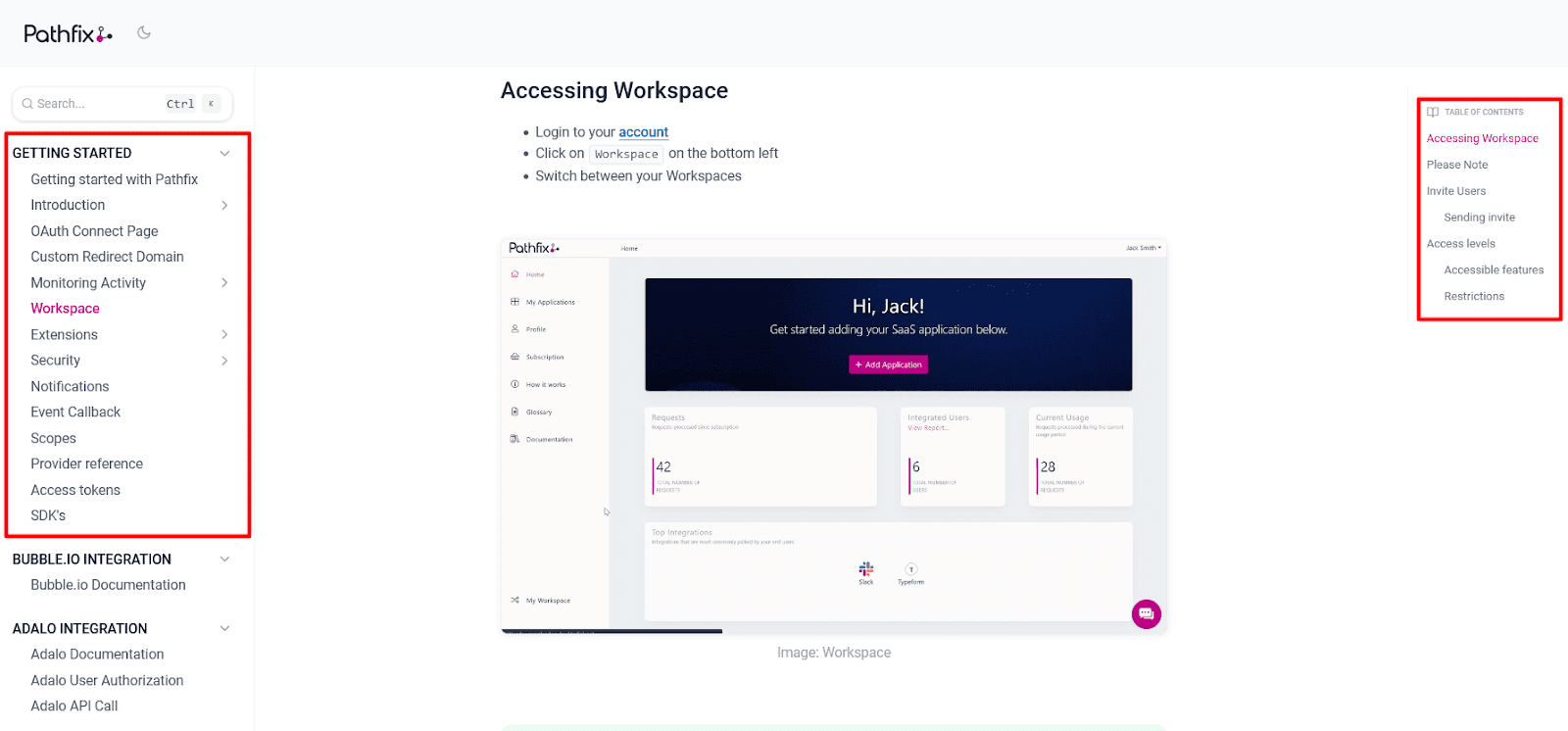
Source: Pathfix
On the left-hand side, information is categorized in spaces by topic, and on the right-hand side, you can see a table of contents for a specific document.
Your customers will view product documentation that’s easy to navigate while being available on demand as a big plus.
Stronger Customer Loyalty
It goes without saying that satisfied customers are vital for the success of any business. However, going above satisfaction can ensure you even greater success.
We’re talking about customers loyal to your brand and your product.
Is there a difference between a satisfied long-term customer and a loyal one? There is, and it’s a significant one.
Loyal customers won’t only use your product regularly, but they’ll also actively promote it to others and recommend it at any chance they get.
Bain and Company wrote about the value of loyal customers in their eStrategy brief. As they concluded, loyal customers play an important role in business success.
Loyal online customers, just like offline ones, spend more, refer more people, and are more willing to expand their purchasing into new categories.
So, what does the documentation have to do with creating loyal customers?
It turns out that product documentation is a significant factor in customer satisfaction, which leads to customer loyalty.
For example, a study by Bloomberg indicates that 71% of millennials are likely to recommend brands that give customers access to high-quality product-related content.
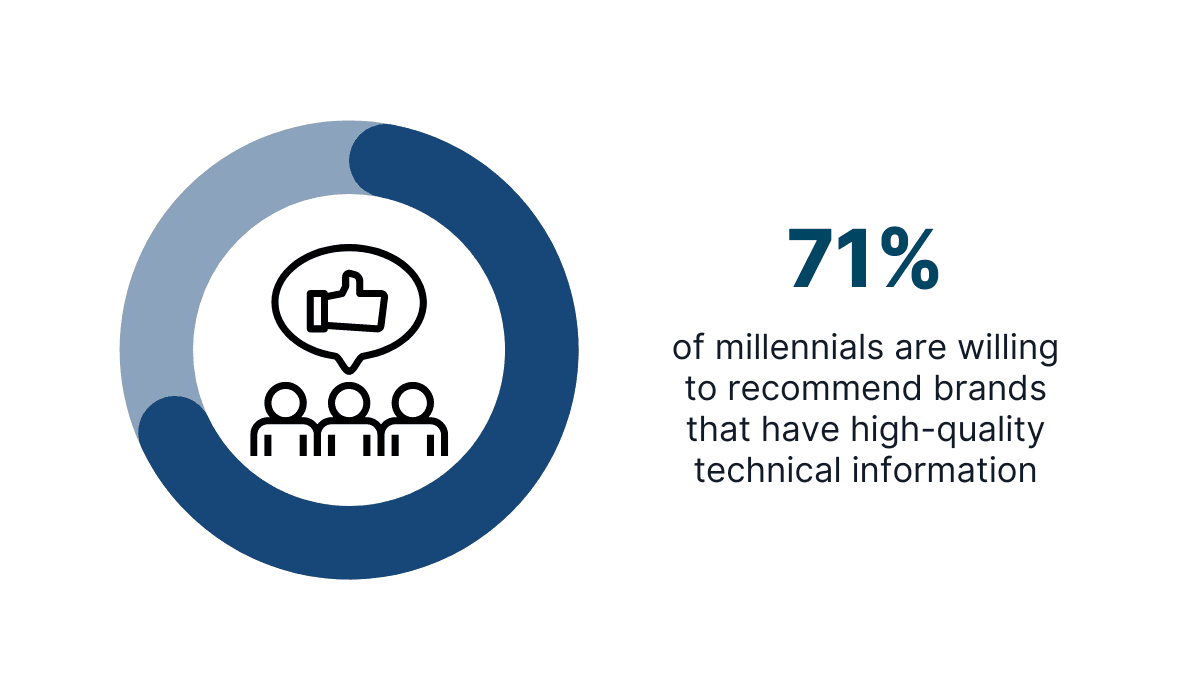
Illustration: Archbee / Data: Bloomberg
That’s an example of how important your documentation can be to your customers—they are willing to advocate for your product based on the quality of the product resources.
And with the number of modes of online communication available to customers, their opinion can reach thousands of people who could become users of your product in a matter of minutes.
For instance, if you delight your customer with product documentation, they might repay you with glowing recommendations like the one below.

Source: Twitter
Therefore, loyal customers can do a lot of good for your product.
They are unlikely to churn, and in addition to that, they’ll provide you with some free marketing, potentially bringing in new customers.
If product documentation can play a role in that, you shouldn’t neglect it.
Conclusion
Product documentation is your customers’ best companion while using your product.
If it’s high-quality and detailed, there’s a high chance that it’s the only knowledge resource and help channel they’ll need.
And having such a reliable source of information at their fingertips can encourage them to keep using your product and never look back.
Customer loss can be a serious problem for software companies, especially with the amount of competition in virtually any industry.
Don’t let subpar product documentation drive your customers to another product.
Archbee's unique set of features make it a unified solution for creating, sharing and managing knowledge. Explore all of Archbee's capabilities with our free 14-day trial.
Frequently Asked Questions
Clear, step-by-step documentation shortens time-to-first-value by guiding new users through setup, core workflows, and first wins without waiting on support. Effective onboarding docs typically include quick-start guides, checklists, authentication steps, SDK/install instructions, sample configs, and troubleshooting for common snags. For complex products (like APIs), detailed guides and examples remove guesswork, reduce early frustration and churn, and free your team to focus on higher-value customer conversations.



